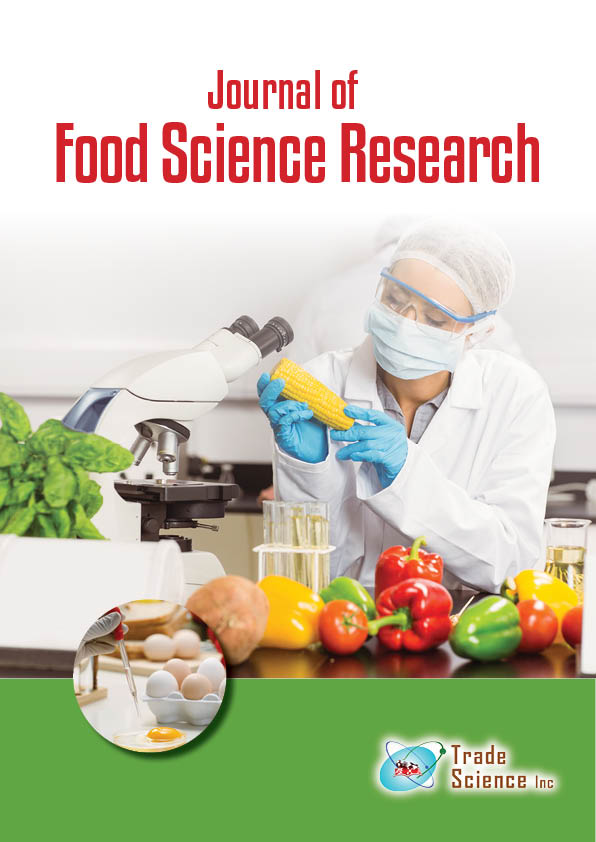Abstrait
Nutrigenetics and Nutrigenomics as useful tools to reach personalized nutritional care.
Maria Noel Zerbino,
Statement of the Problem: Nutritional care has increased dramatically in the past decade, always looking after a more personalized and efficient attention in order to achieve a patient's goal. During the last 220 years of research in the field of nutrition, we have gone through the chemical revolution and the golden age of nutrition, and we are moving to a genomic revolution. The World Health Organization estimates that dietary factors influence more than two thirds of diseases. Different type of diets have become fashionable, focusing in the reduction of calories, carbohydrates or fats, without achieving the right objective which is to reach an optimal state of health. The main function of the diet is to provide the necessary nutrients to meet the nutritional needs of people. Since long, there is evidence that there is a relationship between diet and health, and from these arose the concept of functional foods. In general, functional foods are those that not only fulfill a nutritional function but also contain biologically active components that offer health benefits and reduce the risk of suffering diseases. An important key to know the effect that functional foods have on nutrition is to determine how the body responds to the stimulation of these. In other words, the components of the diet can alter genomic expression. However, not all people respond in the same way. Performing epidemiological studies without genetic knowledge may result in erroneous scientific conclusions and misinformed nutritional recommendations. Methodology & Theoretical Orientation: In order to probe the relationship between genes and diet, the field of nutrition has begun to capitalize on both the technologies and supporting analytical software. The creation of nutrigenomics and nutrigenetics, two fields with distinct approaches to demonstrate the interaction between diet and genes but with a common goal to optimize health through the personalization of diet, provide powerful approaches to unravel the complex relationship between nutritional molecules, genetic polymorphisms, and the biological system as a whole. The components included in the diet can alter genomic expression directly or indirectly. At a cellular level, nutrients can act as ligands for the activation of transcription factors that favour the synthesis of receptors. Also, they can be metabolized by primary or secondary metabolic routes, thereby altering the concentration of substrates or intermediates; or influence positively or negatively on signalling routes. Also has been found that the way people select food regarding taste and smell perception is highly related with this two fields. Understanding genetic susceptibility, epigenetic mechanisms, the influence of the metabolome and other omics in more detail, may be important not only for health science but also in gastronomy, known as the practice of selecting, cooking and eating food.
